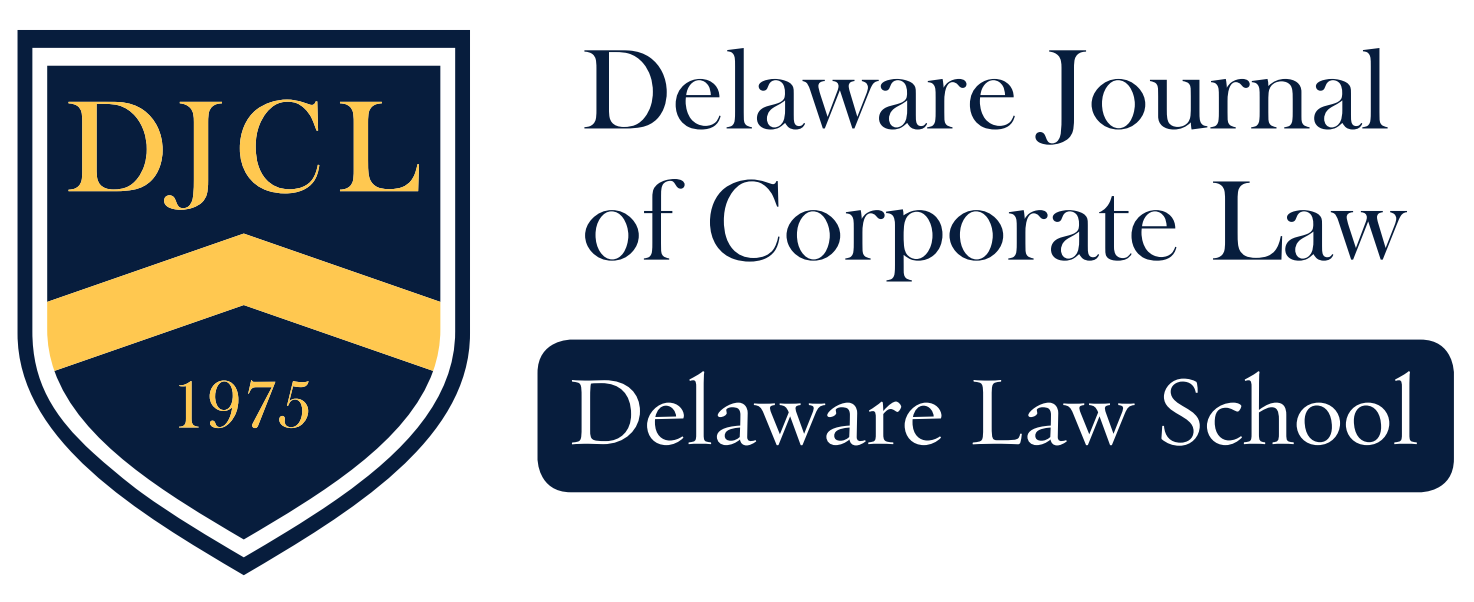By: Terisa Shoremount
In 2021, the United States Supreme Court held that Google’s copying of JAVA SE’s declaring code was a fair use.[1] Surprisingly, the majority’s opinion avoided the threshold question of whether declaring code, itself, was copyrightable.[2] That was not the only surprise in this opinion. Within the fair use analysis, the majority confused a transformative use with a derivative use.[3]
Traditionally, for a new work to be transformative it must “add something new [to the first work], with a further purpose or different character, altering the first with new expression, meaning or message.”[4] The Court explained that Google’s use was transformative because Google copied the declaring code to “create new products.”[5] The Court said this decision is limited to software, but a legal scholar says, “it isn’t.”[6] The new transformative use analysis will broaden fair use for computer program creators and it will re-emerge in future fair use cases involving more than software. [7]
The transformative use analysis has already appeared in a case about a series of Andy Warhol paintings that are based on a Lynn Goldsmith photograph of Prince.[8] The Second Circuit found the Warhol works were not a fair use of the Goldsmith photograph.[9] During the fair use analysis, the Second Circuit quoted Justice Breyer’s transformative use language from the Google opinion.[10] But in the end, the Circuit Court found what the Google Court did not—that Warhol’s paintings were a derivative use of the photograph and not transformative.[11] The Andy Warhol Foundation petitioned the Supreme Court and specifically noted that the Second Circuit’s transformative use analysis conflicts the Supreme Court’s decision in Google.[12] The Warhol Foundation’s lawyer in the lower courts, Luke Nikas, stated that “[o]ver fifty years of established art history [] confirms that Andy Warhol is one of the most transformative artists of the 20th Century….”[13]
The Supreme Court may agree that the work is transformative. Art created from a photograph is a “new product” that “expand[s] the usefulness of” a photograph.[14] But that is only one part of the fair use analysis. The Foundation will still need to prove the other fair use factors.
The new transformative use analysis may show up in music copyright cases where the alleged infringer argues fair use.[15] Popular music often takes samples from an older song and transforms the samples into a new song. This may be a transformative use under Google because a new song is being created out of portions of a prior song which transforms the old song into a new product and expands its usefulness. This would also be true for pop music arrangements for marching bands. A marching band arrangement would be a new product that expands the usefulness of the pop song. But, even if the courts find that a new use of old music is transformative, the new song will still need to pass the remaining fair use analysis.
George Mason Law professor Sean O’Connor offers an easy solution to this problem, “[i]f the [copyright] statute is wrong, Congress should have to fix it.”[16] Congress could amend section 107 of the Copyright Act to clarify how the fair use factors should be determined and weighed.[17] Glen Quinn of IP watchdog notes that if Disney’s copyright in Mickey Mouse was effected, “there would be a bill filed to overrule [] [the] Supreme Court decision before the close of business.”[18]
The Supreme Court’s decision in Google further complicates the fair use copyright defense. It is likely that we will see the Court pick-up another case to clarify fair use if Congress does not amend the Act and provide its own clarification.
About the Author
Terisa Shoremount is a Wolcott Fellow and a third-year J.D. student at Widener University Delaware Law School.
[1] Google LLC v. Oracle Am., Inc., 141 S. Ct. 1183, 1190 (2021).
[2] Id. (“In reviewing th[e] [Federal Circuit’s] decision, we assume, for argument’s sake, that the material was copyrightable.”).
[3] Id. at 1219 (Thomas, J., dissenting); 17 U.S.C. § 106(b) (The copyright owner has the exclusive right to do and authorize” the preparation of “derivative works based upon the copyrighted material.”).
[4] Pamela Samuelson, Three Surprises in the Supreme Court’s Google v. Oracle Decision, Wolters Kluwer, (April 12, 2021), http://copyrightblog.kluweriplaw.com/2021/04/12/three-surprises-in-the-supreme-courts-google-v-oracle-decision/(citing Campbell v. Acuff-Rose Music, Inc., 510 U.S. 569 (1994)).
[5] Google, 141 S. Ct. at 1203.
[6] Gwyneth K. Shaw, With Google v. Oracle Decided, Experts Assess Its Impact on Software and Beyond, (April 21, 2021), https://www.law.berkeley.edu/article/google-v-oracle-software-supreme-court-analysis/ (quoting Berkeley Law professor Peter Menell).
[7] Copyright Alliance CEO Issues Statement on Supreme Court Ruling in Google v. Oracle, Copyright Alliance, (April 6, 2021), https://copyrightalliance.org/press-releases/supreme-court-ruling-in-google-v-oracle-statement/.
[8] To compare the original photograph with Warhol’s creations, See Sarah Cascone, An Appeals Court Rules That Andy Warhol Violated a Photographer’s Copyright by Using Her Image of Prince Without Credit, Artnet, (March 29, 2021), https://news.artnet.com/art-world/andy-warhol-foundation-loses-lynn-goldsmith-copyright-lawsuit-1955399.
[9] Andy Warhol Found. for Visual Arts, Inc. v. Goldsmith, 11 F.4th 26, 32 (2d Cir. 2021).
[10] Id. at 40 (“And most recently, in Google, the Supreme Court held that fair use protected Google’s ‘precise[ ]’ copying of certain computer programming language in part because Google
sought ‘to create new products [] [and] expand the use and usefulness of [] smartphones’ with it. Thus, the Supreme Court concluded, ‘the “purpose and character” of Google’s copying was transformative.’”).
[11] Id. at 44.
[12] Petition for a Writ of Certiorari at 4, Warhol, (2021) (No. 21-869).
[13] Alex Greenberger, Court Delivers Blow to Warhol Foundation in Fair Use Appeal Over Prince Portraits, ARTnews, (March 26, 2021), https://www.artnews.com/art-news/news/andy-warhol-prince-lynn-goldsmith-appeal-decision-1234587961/.
[14] Google, 141 S. Ct. at 1204.
[15] Gwyneth K. Shaw, With Google v. Oracle Decided, Experts Assess Its Impact on Software and Beyond, (April 21, 2021), https://www.law.berkeley.edu/article/google-v-oracle-software-supreme-court-analysis/.
[16] Id.
[17] Kevin J. Hickey, Google v. Oracle: Supreme Court Rules for Google in Landmark Software Copyright Case, Congr. Rsch. Serv., (May 10, 2021). https://crsreports.congress.gov/product/pdf/LSB/LSB10597.
[18] Gene Quinn, License to Copy: Your Software Isn’t Safe After Google v. Oracle, IP Watchdog, (April. 6, 2021),https://www.ipwatchdog.com/2021/04/06/license-copy-software-code-isnt-safe-google-v-oracle/id=131860/.
